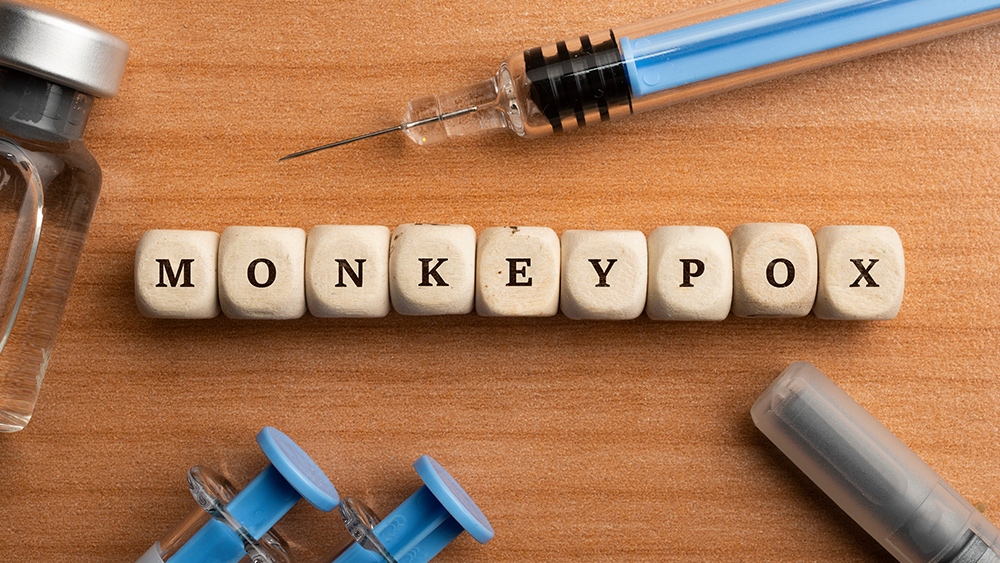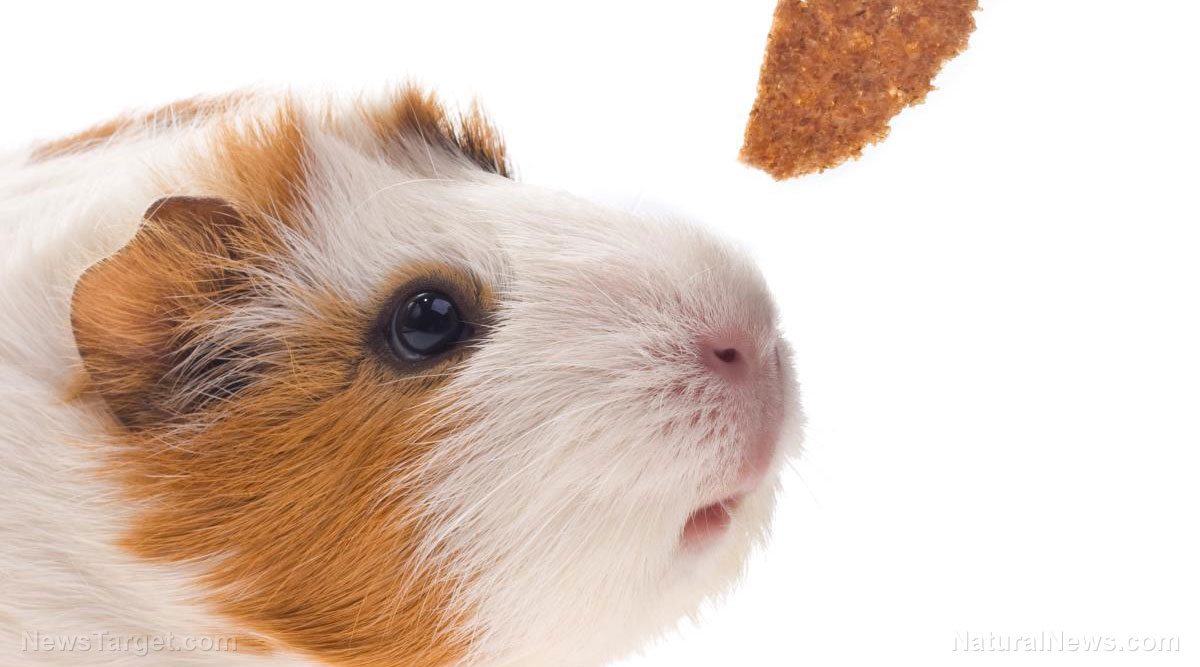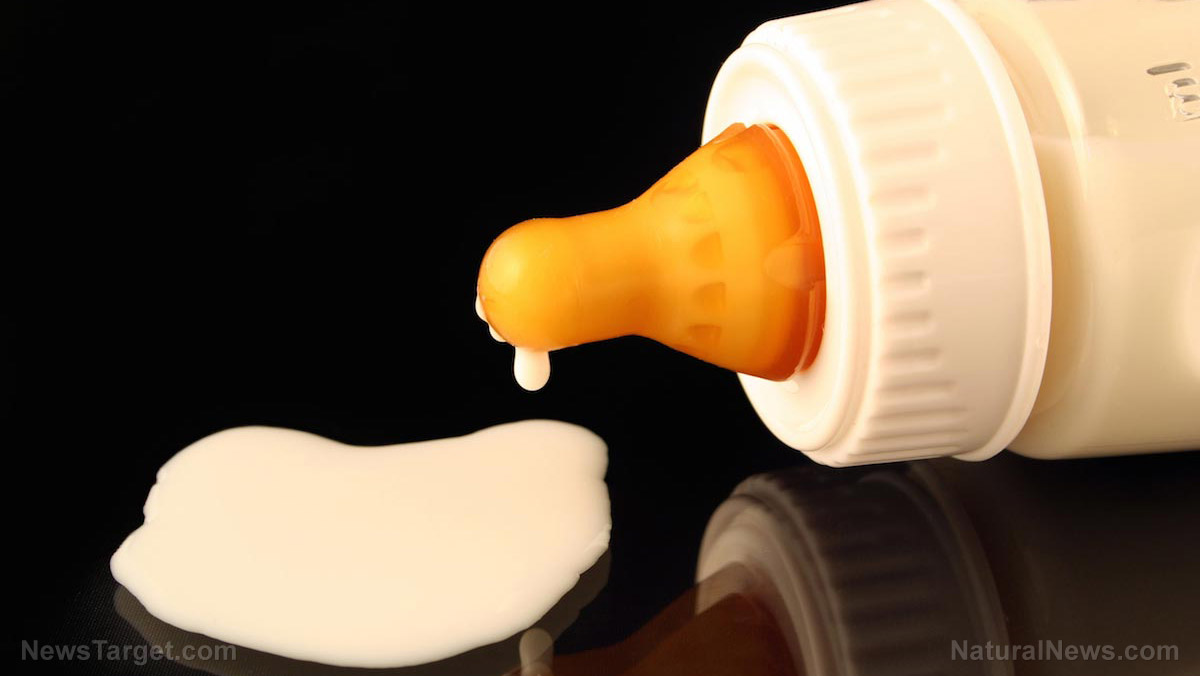Vanadium: The trace mineral for blood sugar regulation
09/01/2018 / By Earl Garcia

The last few decades saw the scientific community examining various compounds in search of additional diabetes treatments. One such compound is the trace element vanadium. According to health experts, the trace element can be found in many food sources, and can be beneficial for bone health when taken in very small amounts. Several animal and human studies have also previously established that vanadium may help regulate blood sugar levels and insulin sensitivity in patients with type-2 diabetes. The trace element was even known to curb blood cholesterol levels in some instance.
According to health experts, vanadium and its derivatives vandal sulfate and vanadate can be found in a variety of foods including mushrooms, shellfish, black pepper and parsley. Beer, wine, grain, and grain products were also touted as excellent sources of the trace element. Vandal sulfate were more commonly found in nutritional supplements, according to experts.
Studies support vanadium’s potential in blood sugar control
A number of human and animal studies have examined the effects of vanadium intake on blood sugar control, most of which exhibiting a positive correlation between the two. For instance, a small study published in the Journal of Clinical Endocrinology & Metabolism revealed that vandal sulfate supplementation resulted in improved insulin sensitivity in patients with type-2 diabetes. To carry out the study, a team of international researchers from the University of Texas Health Science Center and the Center of Medical Education and Clinical Research and Hospital de Cli?nicas General San Marti?n in Buenos Aires, Argentina enrolled 11 patients with type-2 diabetes who were instructed to take 150 mg of vanadyl sulfate daily for six weeks.

The study revealed that the patients’ fasting plasma glucose, hemoglobin A1C, and fructosamine levels significantly decreased following the treatment. The research team also found that patients in the treatment group exhibited marked increases in endogenous glucose production compared with the controls. The treatment was also associated with modest improvements in insulin-mediated glucose disposal, the experts noted.
A meta-analysis published in 2015 also revealed that vanadium compounds effectively reduced blood glucose levels in animal models of type-2 diabetes. As part of the study, a team of researchers from the Hawassa University College of Medicine and Health Sciences and the Addis Ababa University College of Health Sciences in Ethiopia gathered data from a pooled sample of 84 vanadium-treated and 80 control diabetic rats. The results showed that vanadium treatment curbed blood glucose rates in rats. The intervention was also linked to significant variations in food and fluid intake between the treatment group and the controls.
“This may possibly make vanadium the promise of future type-2 diabetes mellitus therapy by avoiding the short comings of the existing therapies. The currently existing drugs for diabetes mellitus act by enhancing the secretion of insulin or sensitizing the body for the insulin action or reducing the absorption of glucose from the small intestine. In contrast to insulin secretion enhancers, the results from this meta-analysis point up an improved glycemic control, reduced food intake and fluid intake among vanadium treated diabetic rats without significant variation of plasma insulin level from controls. This may foster the propositions that vanadium compounds acts like insulin (mimic) by their own without the need of insulin…In conclusion, the results from this met-analysis reaffirmed that, vanadium compounds are able to reduce elevated blood glucose level significantly and other base line measures like food intake and fluid intake without affecting plasma insulin level and average weight of diabetic rats. In humans the number of studies is quite few, future studies are expected to address the long term safety, efficacy and potency of vanadium compounds on humans,” the researchers wrote in the International Journal of Pharmaceutical Sciences and Research.
Sources include:
Submit a correction >>
Tagged Under:
#nutrition, blood glucose, blood sugar, diabetes, elements, food science, insulin, minerals, nutrients, supplements, trace minerals, Type 2 Diabetes, vanadium
This article may contain statements that reflect the opinion of the author





















